An Explainer of Jan. 6 and Its Aftermath
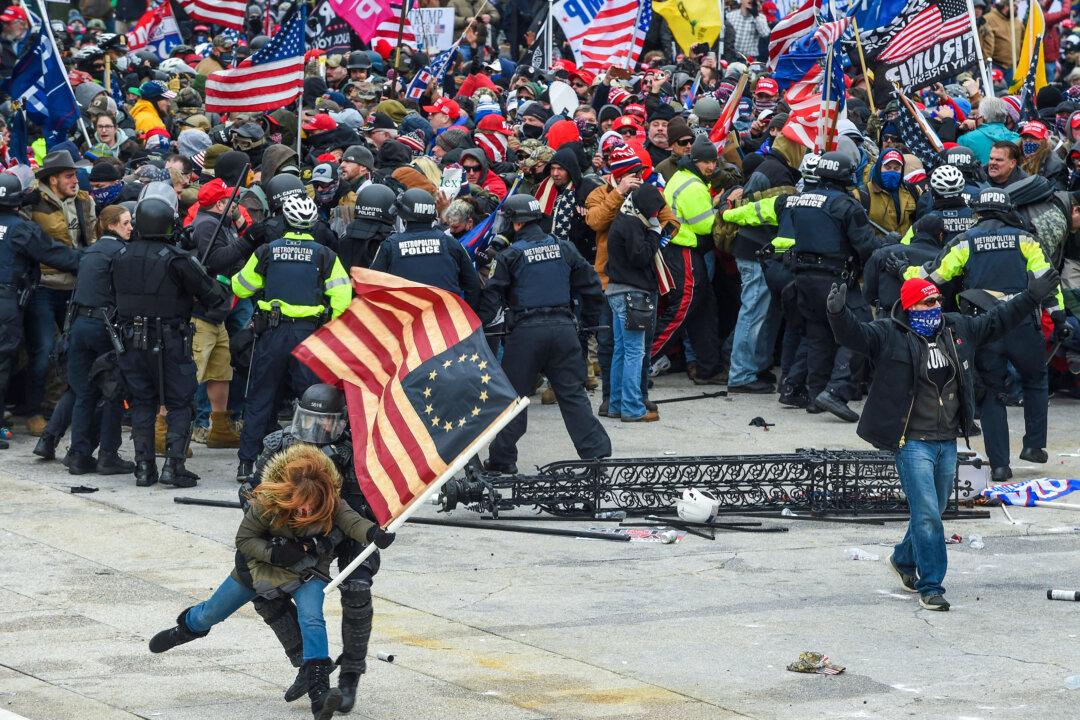
Jan. 6, 2021, will forever be a prominent part of American history—in ways
that few people fully realize. It was most certainly a fork in the road.
It was most certainly a fork in the road.
Defining and understanding that historic day requires solid information, full context, and a willingness to look beyond the narratives that began before Jan. 6 was even a few hours old.
Jan. 6 is part of a much larger political and societal movement designed to usher in a “new America,” according to Victor Davis Hanson, an American classicist, military historian, and political commentator at the Hoover Institution.
“What’s happened in America is not public opinion but institutional control is driving the United States in a direction that was never intended to go, to the degree that they are saying to America, ‘We are morally superior to the old America. This is a new America,’” Mr. Hanson said in an “American Thought Leaders” interview.
“And that gives us the right to use any means necessary to achieve a morally superior end. You are deplorable, you’re irredeemable, you’re a clinger, you’re a semi-fascist, you’re crazy, you’re ultra-MAGA, and you don’t have the right to object to the means that we’re using.”
To mark the third anniversary, The Epoch Times offers this guide to Jan. 6 to help the uninitiated and well-versed alike better understand this complex topic.
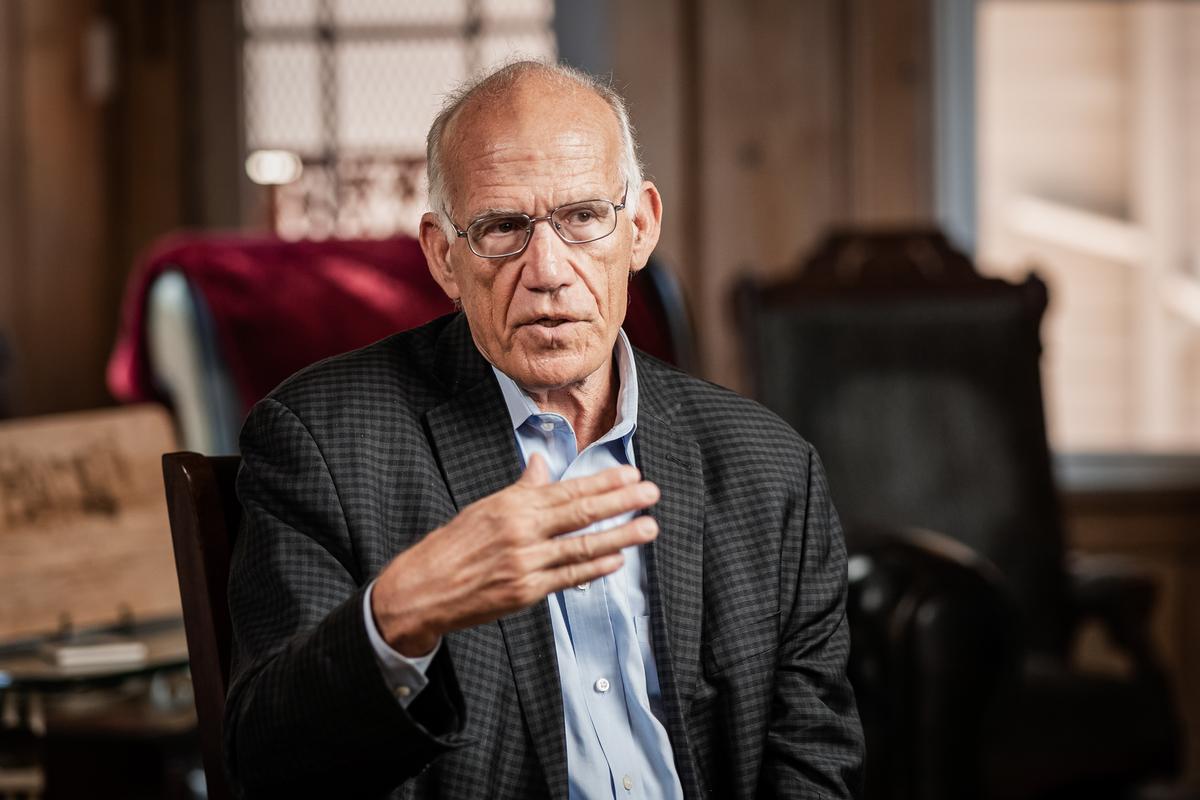
In an Oct. 28, 2023, interview with Jan Jekielek of 'American Thought Leaders,"
historian Victor Davis Hanson said America is being pulled to places it was never meant to go. (Epoch TV)
What Was Jan. 6?
It was a day of rallies and protests held on the National Mall, the Ellipse, and the U.S. Capitol grounds in Washington. The driving force was a widely held belief that the 2020 presidential election was marred by suspicious activity, a lack of security, and alleged widespread fraud with mail-in ballots and electronic voting.
Massive crowds came to Washington to hear President Donald Trump speak and to put pressure on a joint session of Congress to take seriously the elector challenges expected to be filed by representatives of at least six states under Title 3 U.S. Code § 15.
Why Does Jan. 6 Matter?
Jan. 6 and its aftermath has had a broad impact on American society.. The U.S. Department of Justice (DOJ) and the FBI launched an unprecedented use of federal power that—while currently wielded against people right of center—could easily be unleashed against any group.The Jan. 6 investigations and prosecutions have raised serious concerns about due process, pretrial detention, jail conditions, equal protection under the law, and—perhaps most significantly—First Amendment guarantees.
How Big Were the Crowds?
Estimates are all over the map, from 400,000 to upwards of 3 million at the Ellipse. At the peak of activity at and near the U.S. Capitol between 2 p.m. and 4 p.m., Republican U.S. House investigators estimate crowd size at 250,000. The largest crowds gathered on the west front of Capitol grounds.
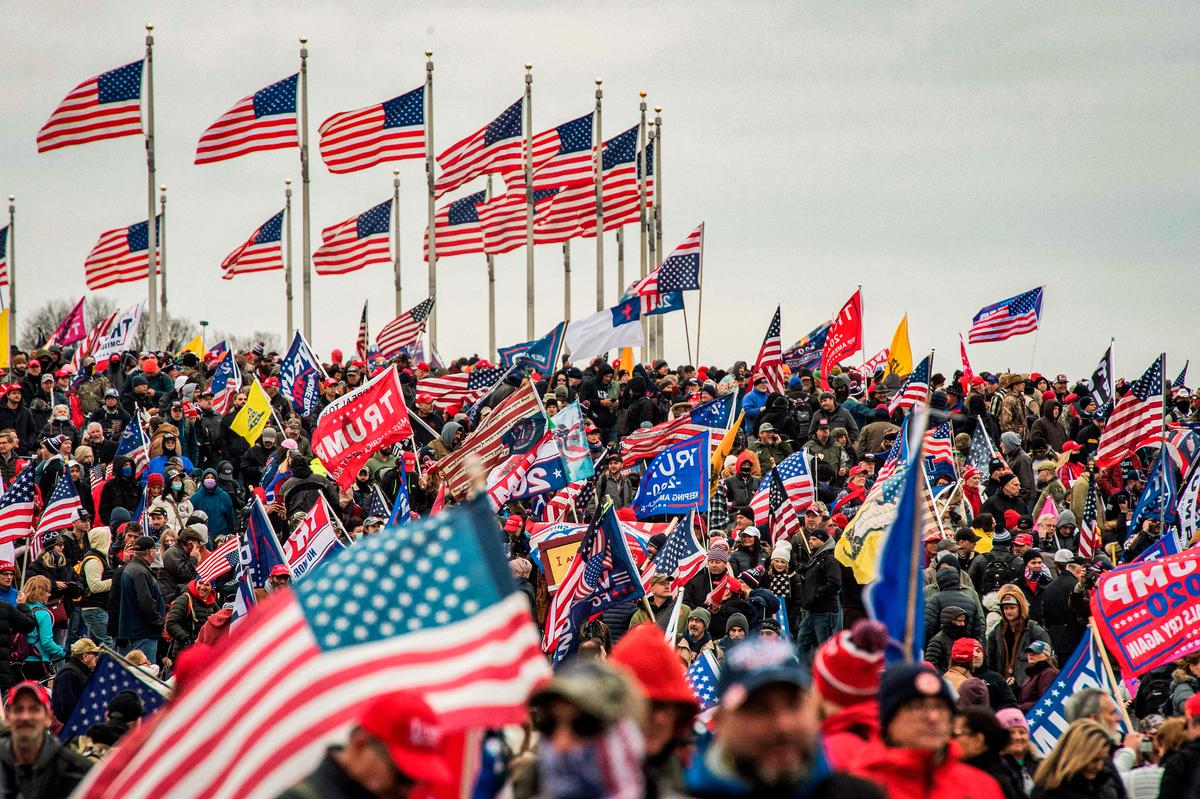
Thousands of supporters for President Donald Trump pack the Washington Mall
for a rally in Washington on Jan. 6, 2021. (Joseph Prezioso/AFP via Getty Images)
When Did the Trouble Start?
At 12:53 p.m., more than 20 minutes before President Trump finished speaking at the Ellipse, a fast-growing crowd kicked over metal barricades guarding the Peace Circle and advanced to the northwest sidewalk of the U.S. Capitol.Seconds before 12:55 p.m., protesters picked up the bicycle-rack barriers and shoved them into five U.S. Capitol Police officers. Officer Carolyn Edwards was knocked off her feet and her head struck the concrete steps, causing a concussion.
When Did Violence and Rioting Erupt?
The crowd on the west plaza was amped up and agitated. The conversations along the police line included protesters telling police why they were so angry and questioning why officers would oppose their efforts to get election answers. A few minor skirmishes broke out.
A protester on the north end of the police line screamed into a megaphone: “You can’t kill us all! We are here to stay! We’re not going anywhere! We want in! We want in!”
“I’m a combat veteran,” one protester told a police officer. “If it’s an unconstitutional order, it is our duty as Americans to disobey those orders. I know you guys have it in your hearts. Do the right thing. Do the right thing. That’s all I’m asking.”
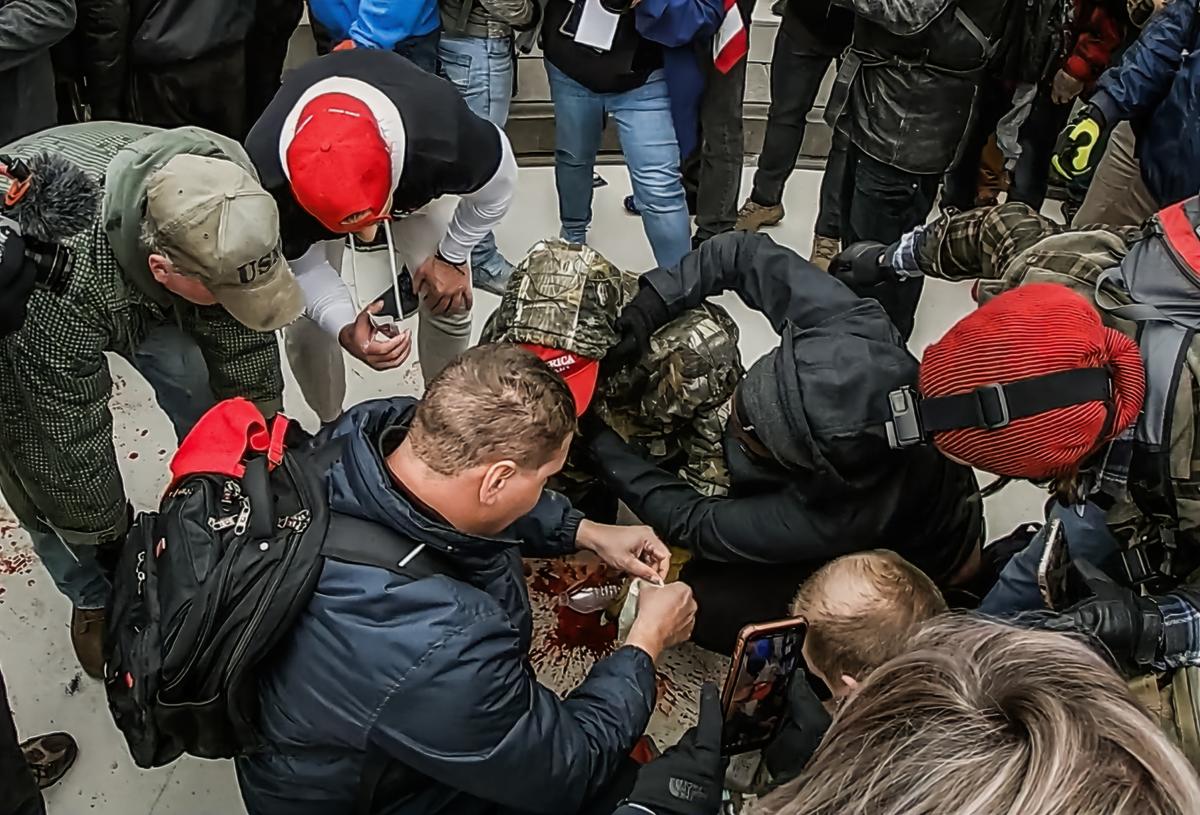
Bystanders try to stop the profuse bleeding from the face of Joshua Black,
who was shot in the face by Capitol Police on Jan. 6, 2021. (Special to The Epoch Times)
Video shot by a protester with a camera on an elevated stick—obtained by The Epoch Times—doesn’t show fighting or projectiles being thrown in the area where Deputy Chief Waldow stood at 1:06 p.m. and where force was about to be deployed.
Just before 1:07 p.m., a Capitol Police grenadier shot protester Joshua M. Black, 47, in the left cheek with a projectile. Mr. Black immediately began bleeding profusely. A large blood stain on the concrete remained visible all afternoon.
When Was the Capitol Breached?
A yet-to-be-identified man known only by the hashtag #RedOnRedGlasses sailed a long 2-by-4 plank through a window near the Senate Wing Door at about 2:12 p.m. Proud Boys defendant Dominic Pezzola used a riot shield to smash the same window. In short order, dozens of people were streaming into the Crypt level of the Capitol.Were There Deaths and Injuries on Jan. 6?
Four Trump supporters died at the Capitol on Jan. 6: Benjamin Philips, 50, Kevin Greeson, 55, Ashli Babbitt, 35, and Rosanne Boyland, 34.
Ms. Babbitt was shot and killed by Capitol Police Lt. Michael Byrd just outside of the House Speaker’s Lobby at 2:44 p.m. Mr. Byrd was subsequently cleared by USCP and the U.S. Department of Justice, but the shooting remains highly controversial. A civil suit against the federal government was lodged on Jan. 5.
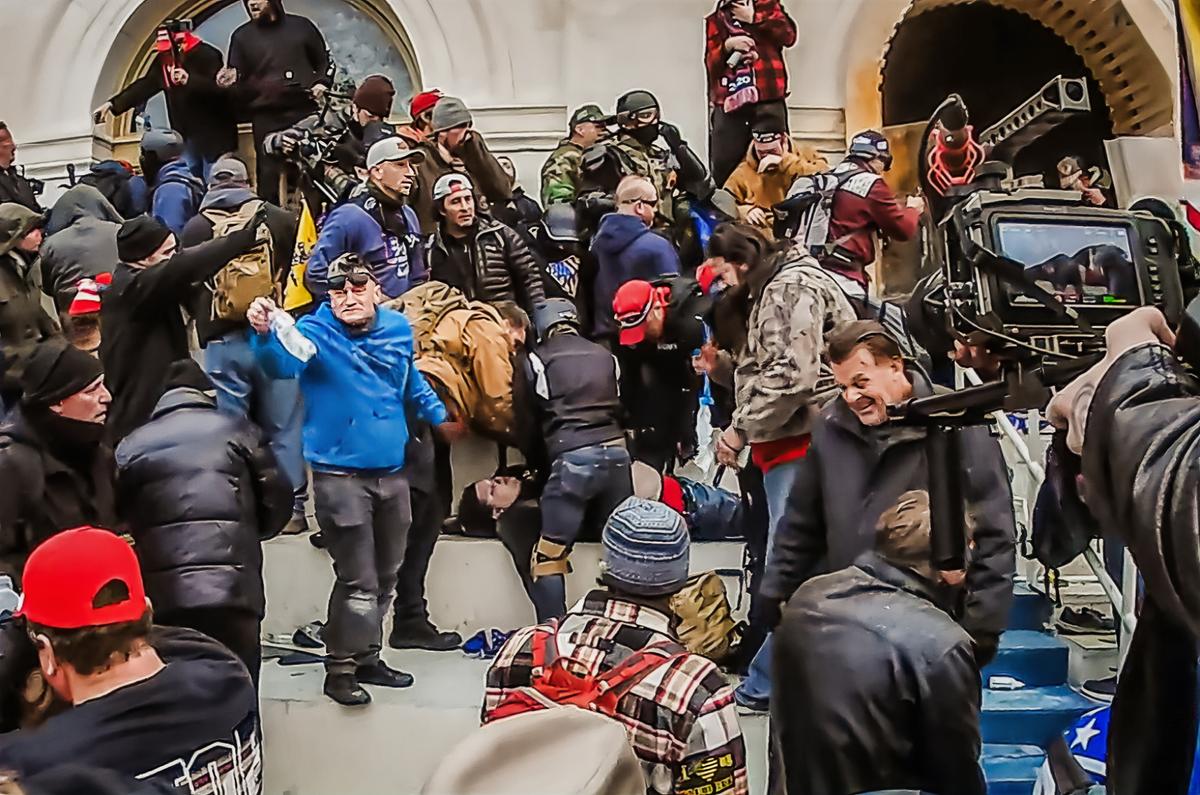
Ronald McAbee (in the red cap at center) leans over a prone Rosanne Boyland. Another protester does CPR
on the lifeless woman on Jan. 6, 2021. (Special to The Epoch Times)
How Did the FBI and DOJ Respond?
The decision was quickly made to launch the largest criminal investigation in U.S. history to pursue protesters and rioters. The ramp-up effort was described by top prosecutor Michael Sherwin as a “shock and awe” campaign, borrowing a slogan from the U.S. invasion of Iraq in the Persian Gulf War.
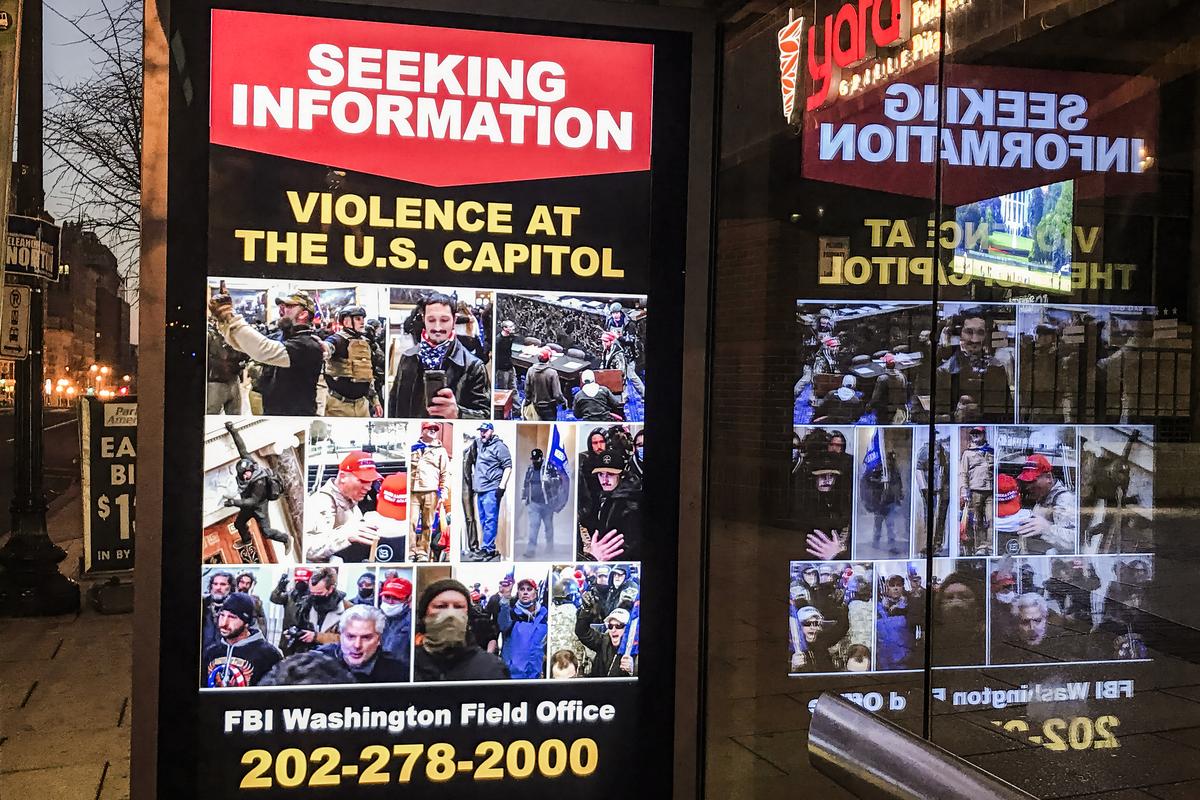
FBI manhunt information is displayed on the side of a bus stop in downtown Washington D.C.
on Jan. 13, 2021. (Charlotte Cuthbertson/The Epoch Times)
The FBI set up a web page with photos of criminal suspects, and eager online sleuths excelled at identifying people and turning them in to the FBI. The DOJ established a “rapid-indictment” unit to level charges against a long list of suspects.
How Has the FBI Handled the Arrests of Suspects?
The FBI’s practice of using SWAT teams to apprehend and arrest Jan. 6 suspects in dozens of cases has brought condemnation from civil rights attorneys and current and former FBI special agents.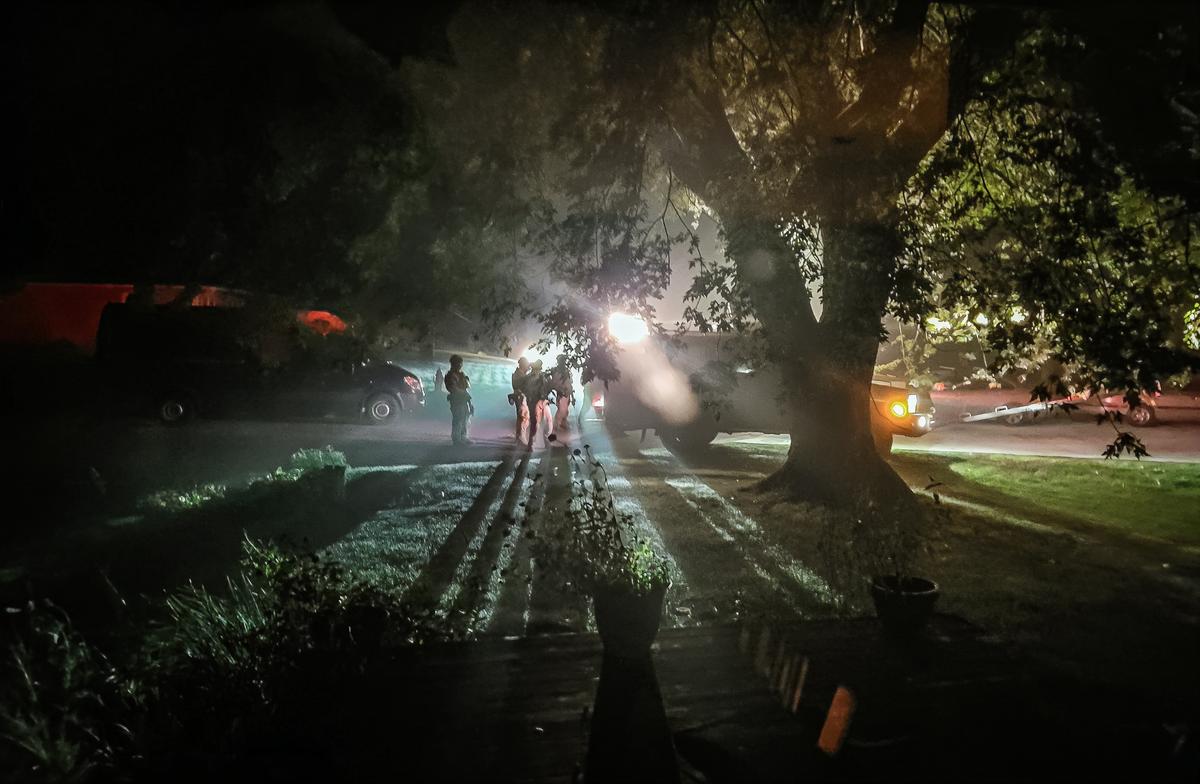
in Lindstrom, Minn., on Oct. 4, 2021. (Courtesy of the Westbury Family)
“For a nonviolent misdemeanor—a nonviolent, non-felony misdemeanor—they came out with 20 to 25 FBI agents fully vested up, AR-15s all pointed right at me like I’m a domestic terrorist,” Jonah Westbury told The Epoch Times.
Are Defendants Mistreated in Jail?
Defendants have reported many cases of abuse by jail guards and terrible living conditions at the District of Columbia jail, referred to derisively by inmates as the “DC Gulag.” Defense attorney Joseph McBride wrote and submitted an 11-page report to the American Civil Liberties Union (ACLU) and Amnesty International. He said he never received a response.“January Sixers are regularly being held in solitary confinement for 22 or 23 hours a day in DC-GITMO. Dubbed the Patriot Unit, this previously defunct part of DC-GITMO, was reopened specifically to house January Sixers,” Mr. McBride wrote.
“To put it mildly, the facility is disgusting. Black mold, brown drinking water, and poor ventilation are but a few of the problems with the facility itself.”
The U.S. Marshals Service conducted a surprise inspection of the DC facility on Nov. 2, 2021, that led to the removal of some 400 inmates, but the Jan. 6 defendants were not moved. Two days later, four members of Congress demanded access to the jail after being turned away repeatedly by the deputy warden.
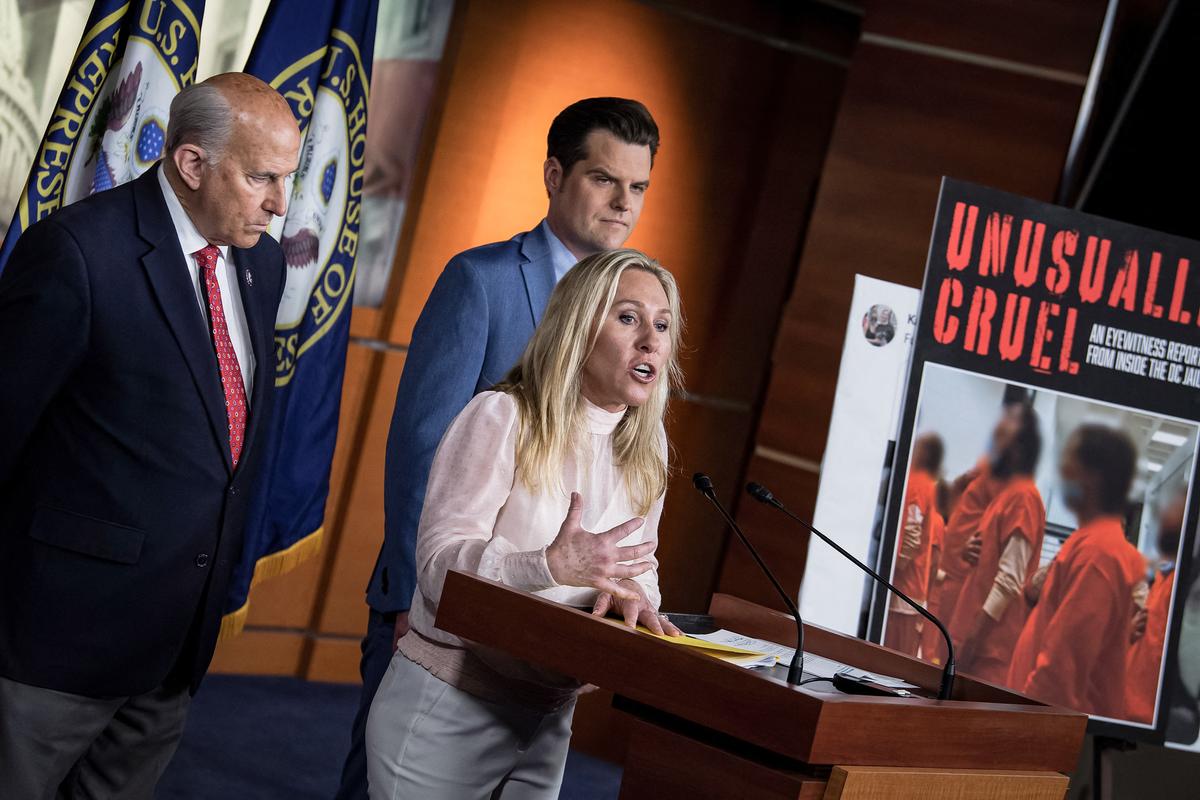
U.S. Rep. Marjorie Taylor Greene (R-Ga.), with colleagues Matt Gaetz (R-Fla.) and Louie Gohmert (R-Texas) (left),
speaks at a press conference addressing the treatment of the Jan. 6 detainees at the D.C. jail in Washington on Dec. 7, 2021.
(Brendan Smialowski/AFP via Getty Images)
Why Wasn’t the National Guard at the Capitol?
According to former Capitol Police Chief Steven Sund, his pre-Jan. 6 request for the National Guard was squelched because “Pelosi will never go for it,” referring to former House Speaker Nancy Pelosi (D-Calif.).Mr. Sund’s comments were spoken at a hearing of the Committee on House Administration’s Subcommittee on Oversight on Sept. 19, 2023. The contention about Ms. Pelosi came from former Senate Sergeant at Arms Michael Stenger, Mr. Sund testified.
According to former senior Trump aide Kash Patel, President Trump authorized up to 20,000 National Guard troops for use in D.C. and elsewhere on Jan. 6, 2021, but the use of those troops was later rejected by D.C. Mayor Muriel Bowser and the U.S. Capitol Police. Mr. Patel said former Rep. Liz Cheney (R-Wyo.) misled the public by saying Trump never ordered troops to the Capitol.
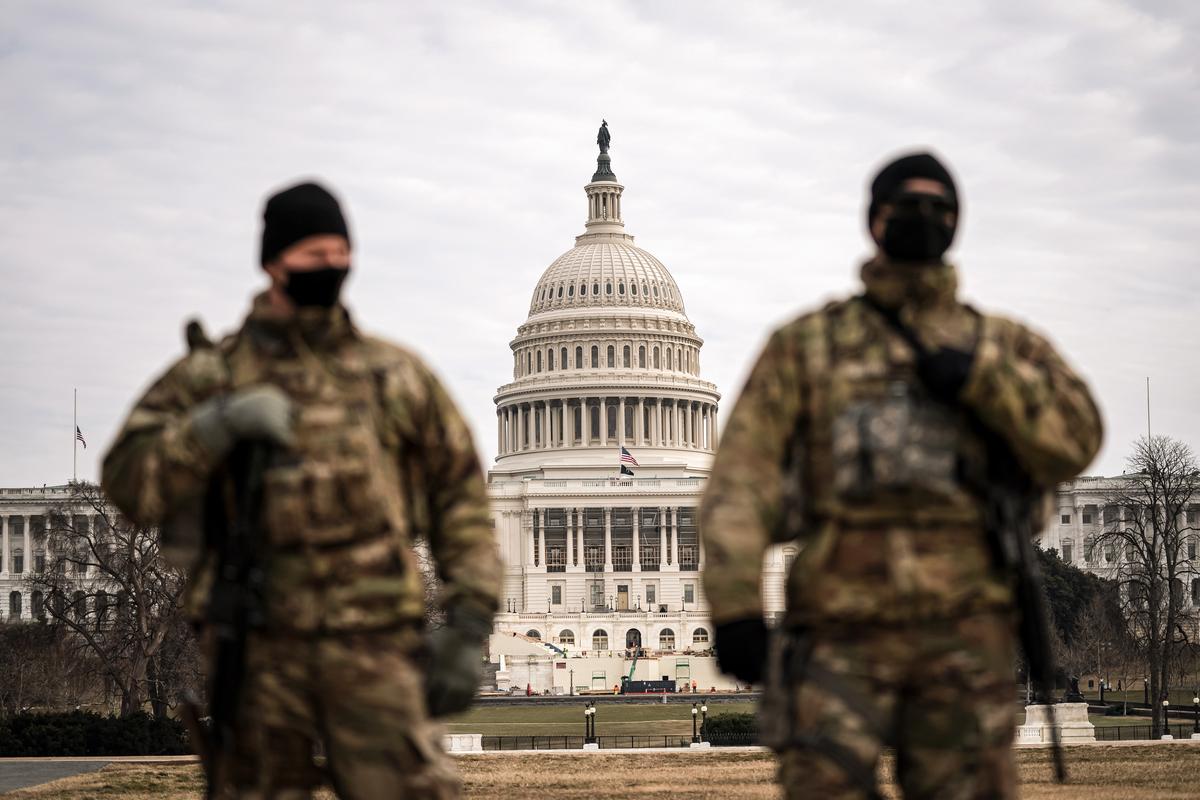
Members of the National Guard patrol the area outside of the U.S. Capitol during the impeachment trial
of former president Donald Trump at the Capitol in Washington on Feb. 10, 2021. (Jose Luis Magana/AP Photo)
Mr. Sund detailed his frustrated efforts on Jan. 6 to get authorization to ask for National Guard backup, then having to fight resistance from the Department of Defense. He said the New Jersey State Police arrived at the Capitol to assist faster than the National Guard, which was staged minutes away from the Capitol.
What Legal Issues Have Arisen From Jan. 6 Prosecutions?
In December, 2023, the U.S. Supreme Court agreed to hear a challenge to the DOJ’s use of a white-collar-crime statute to prosecute more than 330 Jan. 6 defendants for “corruptly obstructing an official proceeding,” a felony punishable by up to 20 years in prison.
Defense attorneys argue that the statute, enacted as the Sarbanes-Oxley Act of 2002, was intended only to prosecute corporate fraud in publicly traded companies, not First Amendment political protests. The case of Joseph W. Fischer v. United States is the first Jan. 6 case to make it onto the Supreme Court calendar and could have a major impact on many cases if the high court strikes down the DOJ actions.
What Impact Has the Release of the Capitol Security Video Had?
In 2022, then-House Speaker Kevin McCarthy (R-Calif.) gave exclusive access to more than 40,000 hours of Capitol Police security video to Fox News, The Epoch Times, Just the News, and columnist Julie Kelly.
The video provided to those media outlets led to some revelations, including an important look at the medical aid provided to Ms. Boyland as she awaited transport via a D.C. Fire and EMS Service ambulance.
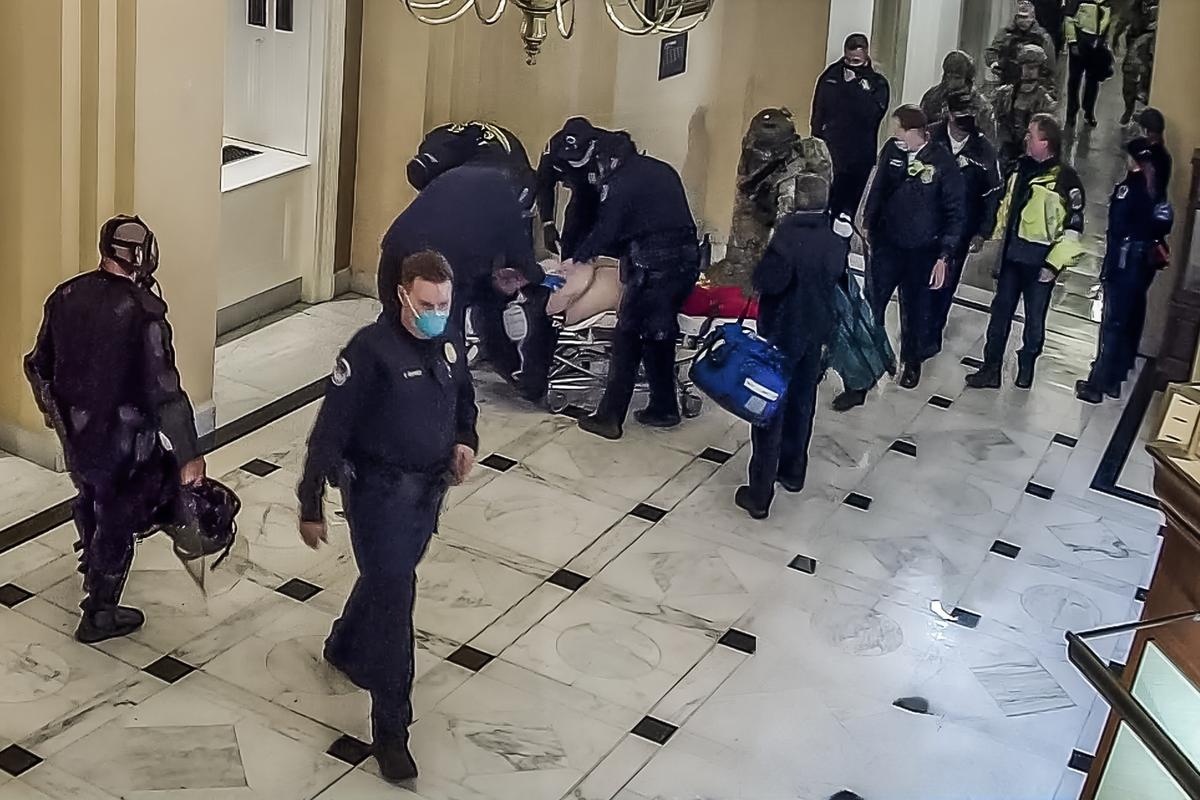
Paramedics stop the gurney carrying Rosanne Boyland near the House Wing Door at the U.S. Capitol
and move her to the floor to continue CPR on Jan. 6, 2021. (U.S. Capitol Police/Screenshot via The Epoch Times)
What’s Next for Jan. 6 Investigations?
It remains to be seen if GOP House members will successfully press for a new Jan. 6 committee to investigate the myriad issues ignored by the Democrat-controlled House Select Committee in 2022.
Major unresolved questions include what role undercover police, federal agents, and informants played in the crowds on Jan. 6.
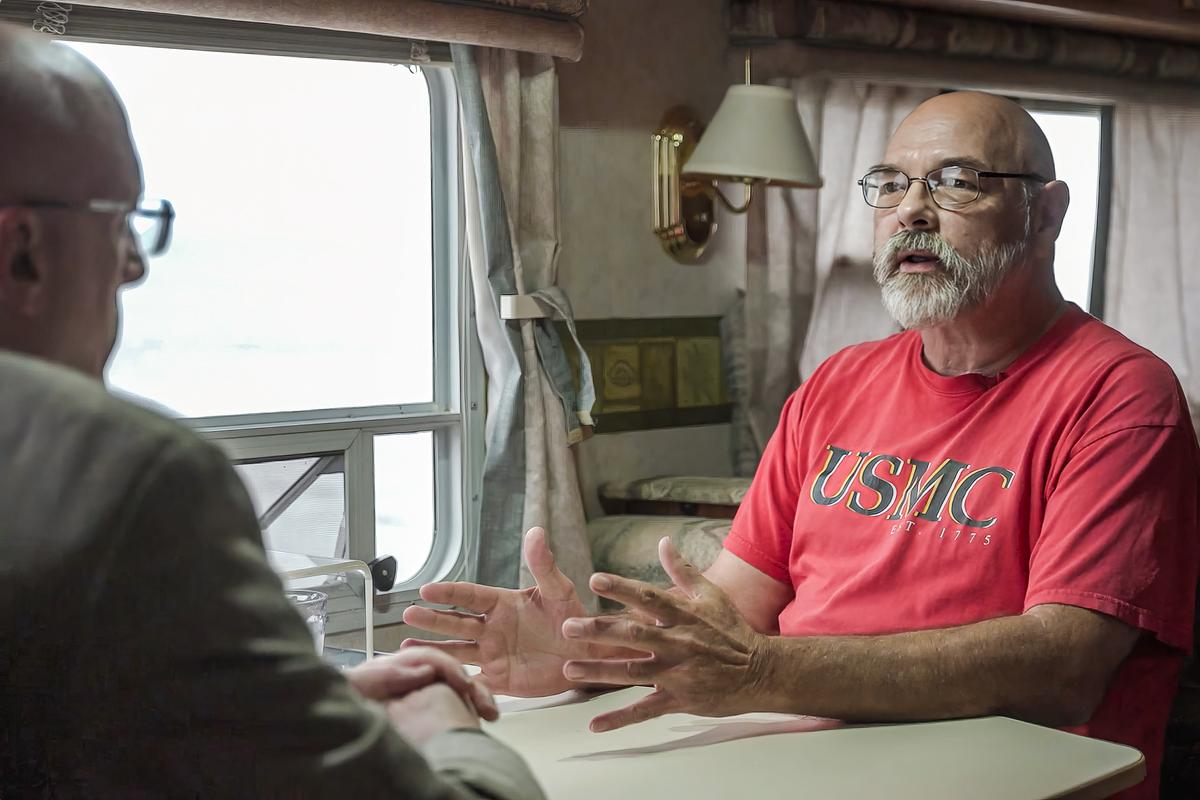
The Long Road Home,” a documentary from The Epoch Times. (Paulio Shakespeare/The Epoch Times)
One of those officers appeared to participate as an agitator, helping protesters over police barricades and urging them to go up to, and into, the Capitol.
There will likely also be fallout from alleged perjured testimony given at the first trial of Oath Keepers founder Stewart Rhodes and four other defendants that ran from Sept. 27 through Nov. 29, 2022.
The revelations cast serious doubt on testimony given by Mr. Lazarus and Mr. Dunn in the Oath Keepers trial. One Oath Keepers defense attorney, Brad Geyer, said the development should lead to Oath Keepers guilty verdicts being set aside.
Perhaps the biggest remaining mystery is the identity of the person who planted pipe bombs at the D.C. headquarters of both the GOP and Democrat parties on Jan. 5, 2021.
The FBI has increased its reward—it’s now at $500,000—for information leading to an arrest, but has reported little progress over the past three years.
The federal Bureau of Alcohol, Tobacco, Firearms and Explosives (ATF) has refused to release its analysis of the bombs after The Epoch Times filed a Freedom of Information Act request in 2022.





















